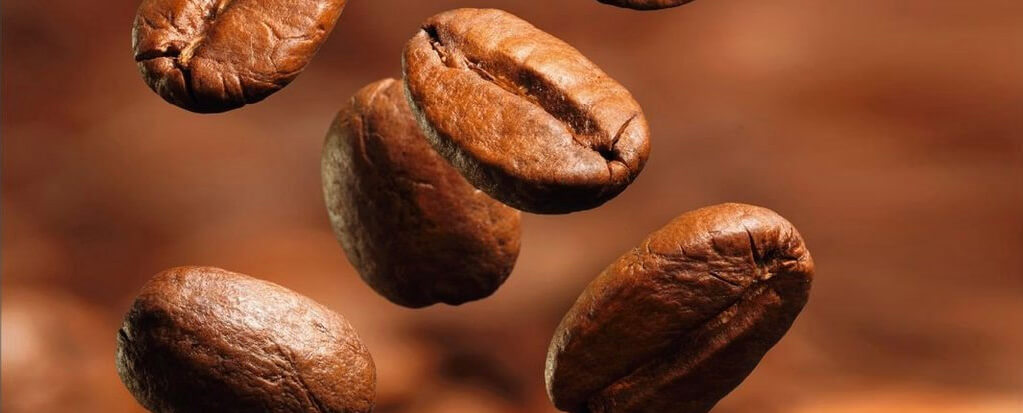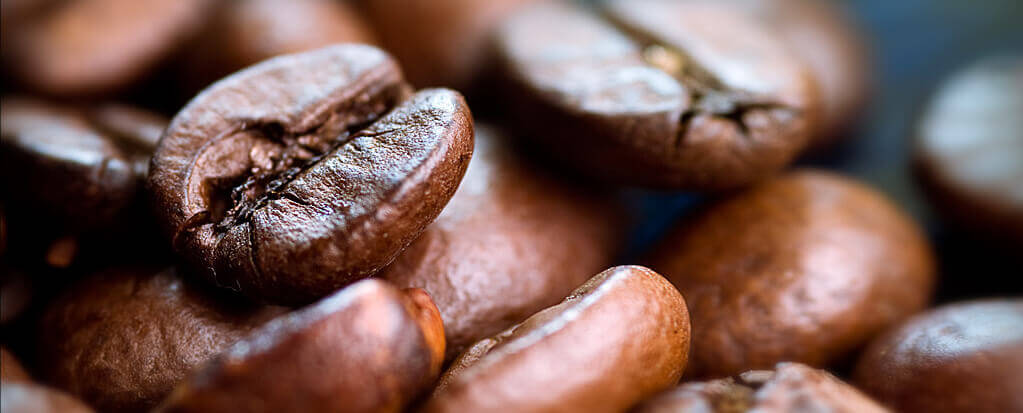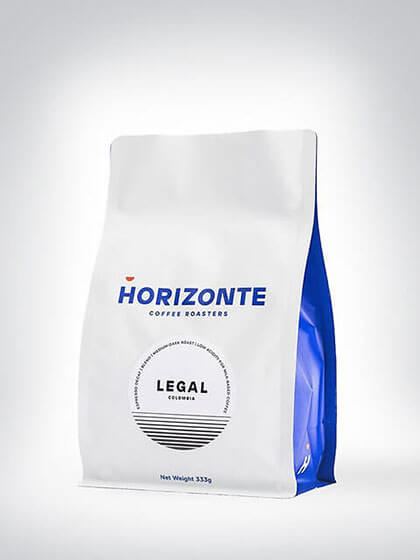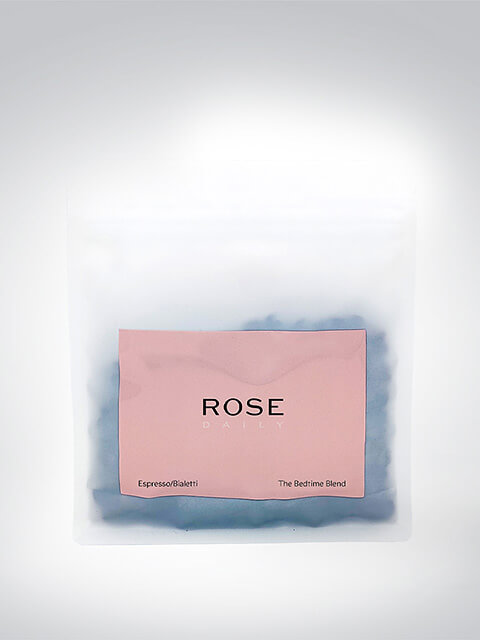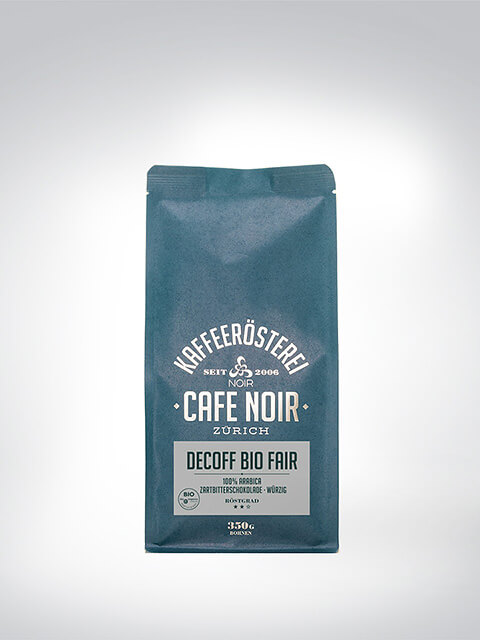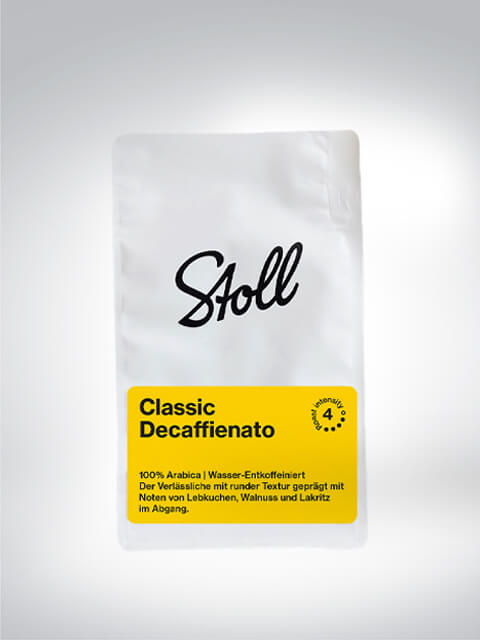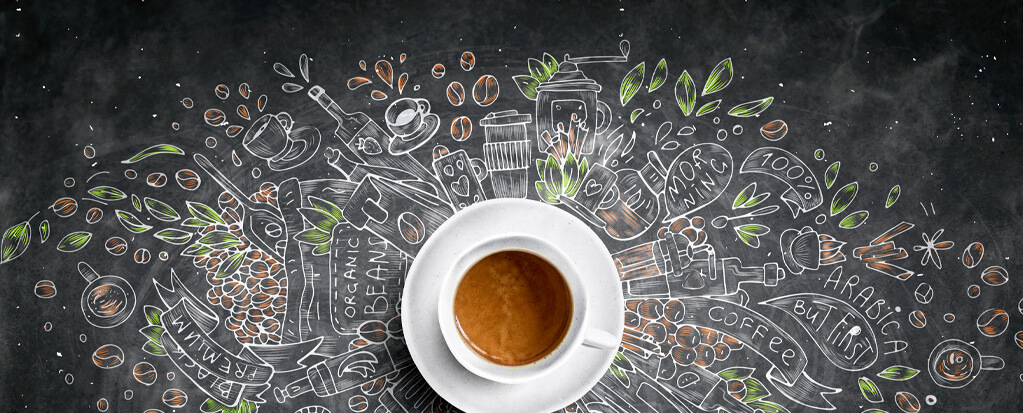Why does decaffeinated coffee taste different?
Important flavour-forming substances are released during decaffeination. This is why decaf often tastes a little sour.
Whether this is a pleasant acidity depends on the quality of the coffee. Coffee can be decaffeinated in four different ways.
Small selection of decaffeinated coffees
The four different ways to decaffeinate coffee
The Swiss Water Method

The Swiss Water method has nothing to do with Swiss water per se, it is so called because it was invented in 1970 by the Swiss Water Decaffeinated Coffee Company.
This method of decaffeination is very gentle and, above all, free of chemicals, but unfortunately it requires a lot of water and coffee beans. You take the coffee beans and soak them in hot water, which releases the caffeine and other flavour-forming substances from the coffee bean. The beans are then discarded and the water filtered so that only the other dissolved substances are left in the water and no more caffeine. This water is then used for further processing. New green beans are placed in this water, but this time only the caffeine is dissolved out, as the rest is already contained in the water. This process is repeated until the beans reach the desired caffeine content of around 0.1%.
The CO2 method
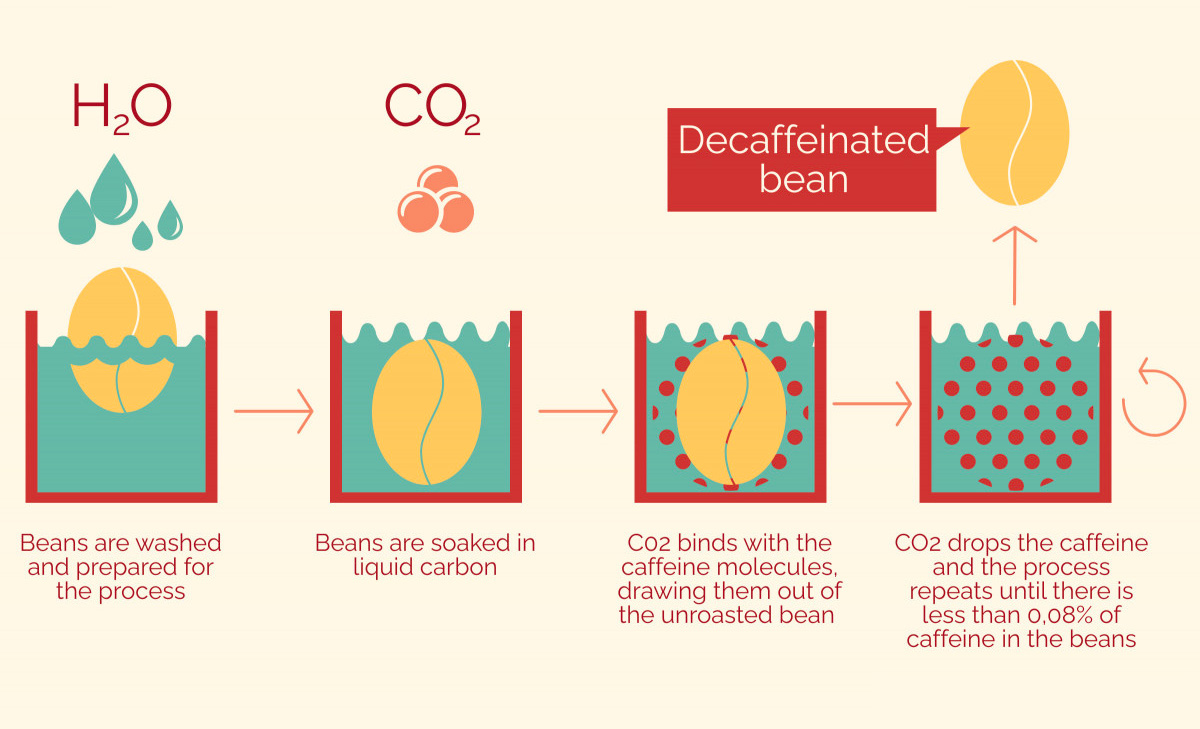
The CO2 process is mainly used for decaffeinating organic coffee beans, as it is highly efficient and produces no waste.
The coffee beans are first exposed to water vapour in a closed system as preparation and then liquid CO2 is added under very high pressure. This extracts the caffeine from the coffee beans in the so-called fluid phase. The carbon dioxide evaporates, is collected, compressed and then reused for the next decaffeination process.
Sugar Cane Method

This process is carried out using ethyl acetate from sugar cane, is environmentally friendly and is also known as natural decaffeination.
Here too, the coffee beans are prepared for the decaffeination process using steam. They are then placed in a closed container together with the ethyl acetate and most of the caffeine is extracted, but this method requires several passes until the beans are truly caffeine-free. The extracted caffeine is collected and sold on, for example to Coca-Cola and other companies. The ethyl acetate used is collected and composted.
The DCM (dichloromethane) method
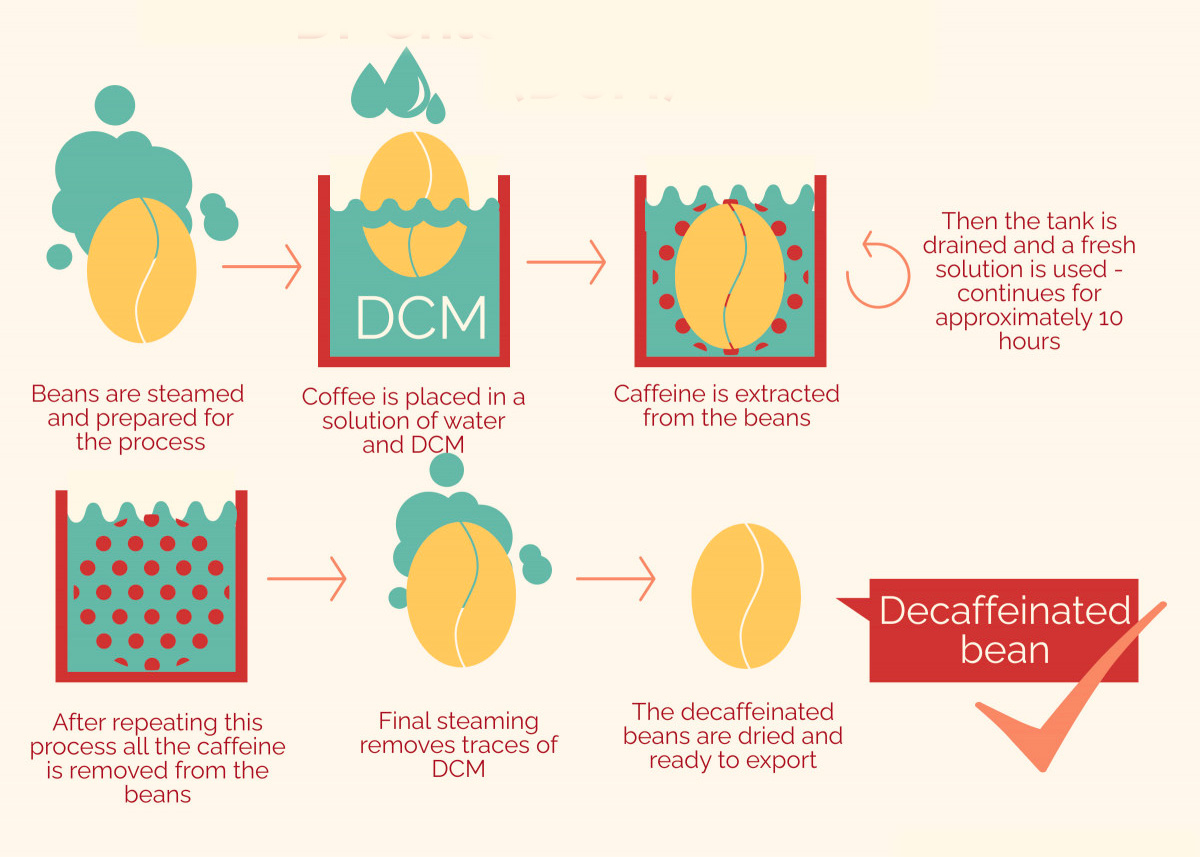
The DCM method is suspected of causing damage to health if the solvent is not completely removed from the beans.
The green beans are treated with steam for about 30 minutes, then placed in dichloromethane for about ten hours and the caffeine is extracted. The solvent is then poured off and the coffee beans are left to dry for a further ten hours. During this drying phase, the dichloromethane is completely removed and the coffee beans are made safe for us to drink.
 freshly roasted coffee
freshly roasted coffee  Free shipping from CHF 90.00
Free shipping from CHF 90.00 






